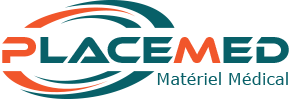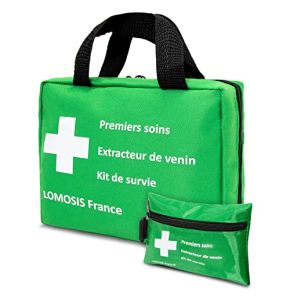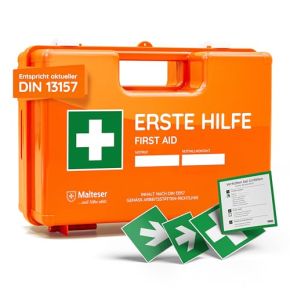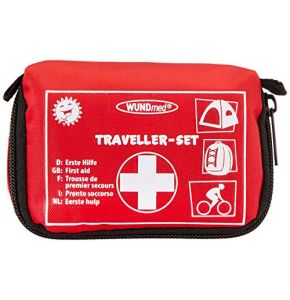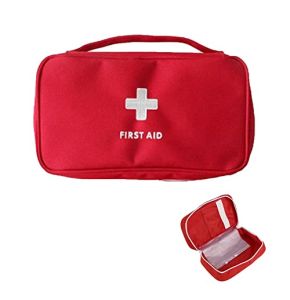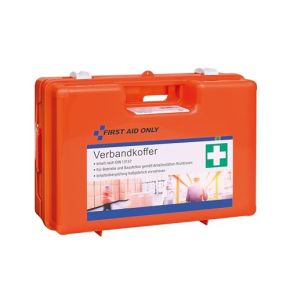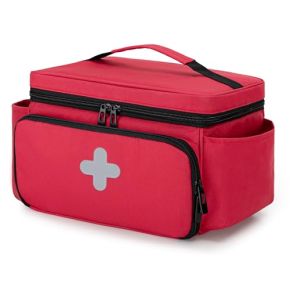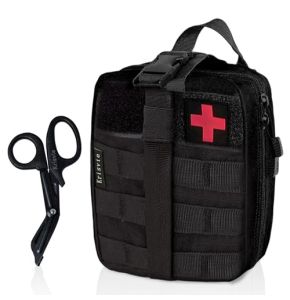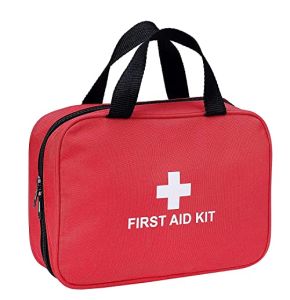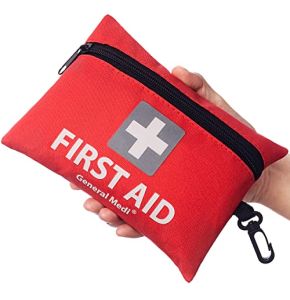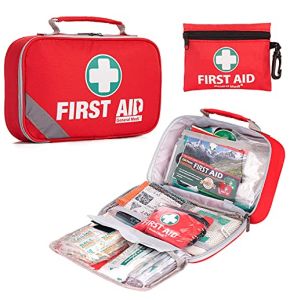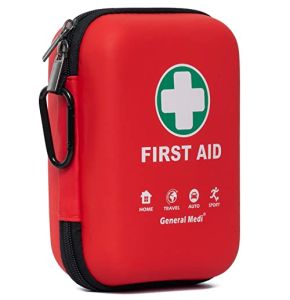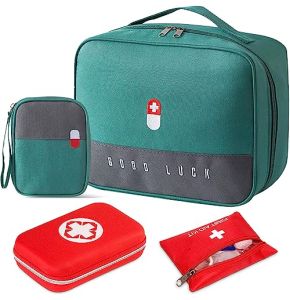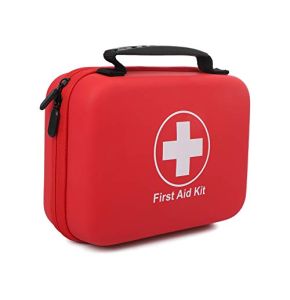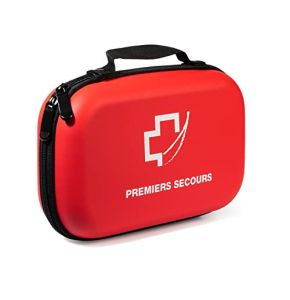First Aid Kit
18/11/2024 305
18/11/2024 235
18/11/2024 255
18/11/2024 258
18/11/2024 252
18/11/2024 223
First Aid Kit: Your Indispensable Ally in Emergency Situations
The first aid kit is an essential element for handling medical emergencies. It must be well-equipped and easily accessible to ensure a quick and effective response. Whether in a medical office, a company, or an emergency vehicle, having an appropriate kit can make all the difference during an incident.
What are the essential items to include in a professional first aid kit?
In a professional first aid kit, it is crucial to include basic supplies to manage a variety of situations. Here is a detailed list of indispensable items:
- Adhesive Bandages of Various Sizes: to cover small cuts and abrasions.
- Sterile Gauze Pads: ideal for cleaning and protecting larger wounds.
- Antiseptic Disinfectant: to prevent infections by cleaning affected areas.
- Elastic Bandages: useful for supporting sprains or securing bandages in place.
- Round-Tipped Scissors: for safely cutting bandages or clothing.
- Splinter Removal Tweezers: for removing splinters or foreign objects from the skin.
- Nitrile Disposable Gloves: to ensure optimal hygiene during care.
- Protective Mask: to prevent the transmission of germs between the rescuer and the victim.
- Saline Solution: to clean wounds or eyes in case of splashes.
- Survival Blanket: to maintain the victim's body temperature.
- First Aid Guide: to remind essential actions in case of an emergency.
Depending on the clinical context, specific equipment can be added:
- Automated External Defibrillator (AED): in case of sudden cardiac arrest.
- Immobilization Equipment: such as splints for fractures or sprains.
- Portable Oxygen: for situations requiring respiratory assistance.
How to customize a first aid kit based on the workplace or medical specialty?
Adapting the first aid kit to the workplace or medical specialty allows for effective response to specific situations that may arise. Here's how to proceed:
Medical Offices
In a medical office, it is wise to include instruments for routine examinations, such as stethoscopes, otoscopes, and thermometers. Supplies for blood draws or injections may also be necessary.
Ambulances
Ambulances must be equipped to handle vital emergencies. They should contain defibrillators, intubation equipment, and emergency medications like adrenaline or nitroglycerin.
Specialized Clinics
Specialized clinics, such as dialysis or chemotherapy centers, must tailor their kits to include items specific to their treatments, such as catheters or additional protective equipment.
What are the recommendations for maintaining and updating first aid kits?
Keeping a first aid kit up to date is essential to ensure its effectiveness. Here are some tips:
- Regular Inspection: check the contents at least once a quarter to ensure all items are present and in good condition.
- Expiration Date Check: replace expired medications and sterile supplies to guarantee their effectiveness.
- Immediate Replenishment: after each use, replace missing items without delay.
- Documentation: keep a record of inspections and replacements performed.
Regular maintenance of the first aid kit ensures that the equipment will be operational when needed.
How to train staff for effective use of the first aid kit?
A first aid kit is only effective if the staff knows how to use it correctly. Here are steps to train your team:
- Training Sessions: organize workshops to teach the basics of first aid and the use of the equipment.
- Practical Exercises: set up emergency simulations so that staff can practice in realistic conditions.
- Knowledge Updates: regularly offer training to keep skills up to date.
- Access to Documentation: provide clear guides and procedures to facilitate learning.
Training builds staff confidence and improves responsiveness in case of an emergency.
What innovations exist in modern first aid kits?
Technological advancements have modernized first aid kits. Here are some notable innovations:
- Connected Kits: equipped with sensors, they can signal when an item needs to be replaced or when an intervention has occurred.
- Associated Mobile Applications: provide step-by-step instructions for first aid procedures.
- Innovative Materials: use lightweight and durable materials to facilitate transport and longevity.
- Multifunctional Equipment: tools that combine multiple functions to save space and weight.
These innovations make first aid kits more effective and tailored to the needs of modern professionals.
In conclusion, the first aid kit is an indispensable tool to ensure safety and health in a professional environment. By customizing it according to your needs, maintaining it regularly, and training your staff, you are prepared to handle emergency situations with confidence and efficiency.
 Francais
Francais 